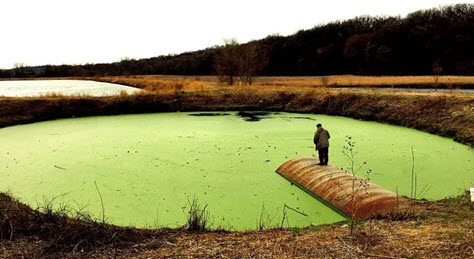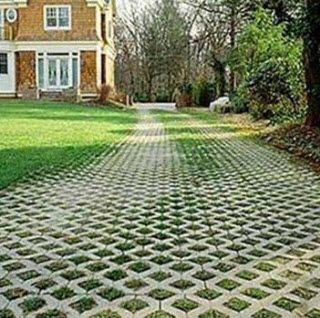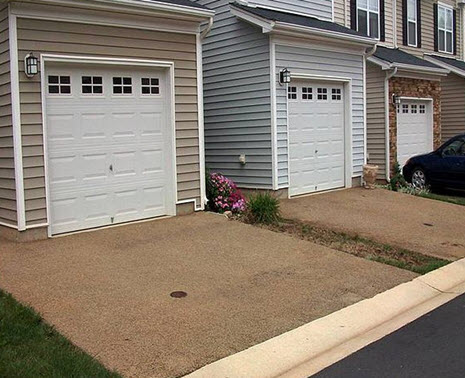Click below to listen to my 2 min. Garden Bite radio show: Permeable pavers
I’ve talked many times before about reducing our lawns, today I’m going a step further by talking about permeable pavers.

When most of our neighborhoods were built, the idea was to get the water off our paved surfaces as quickly as possible, neglecting the fact that that water has to go somewhere. It goes into our storm drains and directly into our lakes and streams. That means that it carries with it, our lawn fertilizers and a host of other chemicals we use.
State study shows 40% of our lakes and rivers are polluted. However, the MPCA says good progress is being made!
Minnesota was the first state to ban the use of phosphorus in fertilizer in 2004 and just recently banned it in dishwashing detergent. High phosphorus increases aquatic vegetation that eventually reduces the amount of oxygen in the water for wildlife.

Okay, that said, what are some options for the homeowner to implement. Permeable pavers have been on the market for quite some time in commercial building and are now hitting their stride with homeowners.
These pavers allow water, with its pollutants, to soak into the soil where microbes, literally, eat the contaminants, including oil from our cars, nitrogen from our fertilizers and phosphorus from agricultural products that have not been banned.

Not only do Permeable pavers keep our lakes and streams cleaner but they also replenish our aquifers. They’re more expensive for now but can really add to the look of your landscape as well as make a difference in runoff. Here is a lot from the Minnesota and Wisconsin DNR’s

